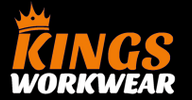
PPE AND SITE SAFETY
- First Aid
- Hand Protection
- Head and Face Protection
- Hearing Protection
- Height Safety
- Hydration and Cooling
- KNIVES
- Respiratory
- Safety Work Gloves
- Sun Screen And Accessories
- Workplace Site Safety
- Ear Protection
- Eye & Face Protection
- Body Protection
-


8R034 - JB's Nitrile Gripper Glove (12 Pack) - JB's Wear
JB's Wear
$24.48Details 13G Polyester glove with a textured liner and smooth Nitrile palm coating CAT II EN ISO 21420:2020 Protective gloves - General requirements and test methods EN 388:2016+A1:2018 Protective gloves against mechanical risks: 4121X 12 pairs per...$24.48 -


8R033 - JB's Type A Nitrile Chemical Glove - JB's Wear
JB's Wear
$13.51Details 18G Nylon liner glove with full Nitrile smooth coating and sandy Nitrile palm coating Length: 35cm CAT III EN ISO 21420:2020 Protective gloves - General requirements and test methods EN 407:2020 Protective gloves against thermal risks: X1XXX EN...$13.51 -
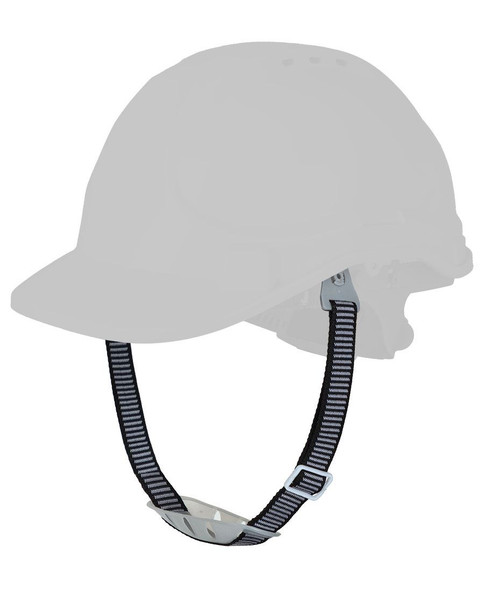
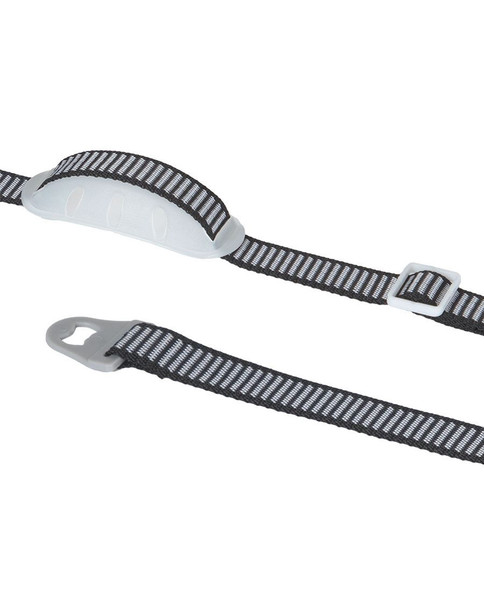
8S010 - JB's Detachable Helmet Chinguard (10 pack) - JB's Wear
JB's Wear
$5.10Details Adjustable polyester webbing tape with PE chin guard Strap length 50cm Easily attaches to JB’s safety helmet 8S001 Safety helmet sold separately Packaging: 10pcs per polybag$5.10 -
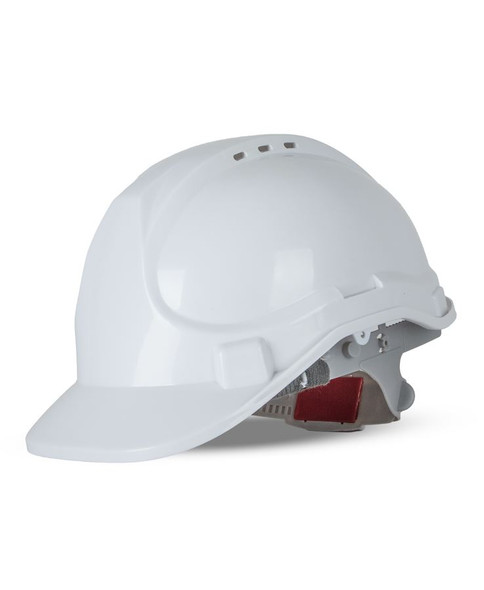
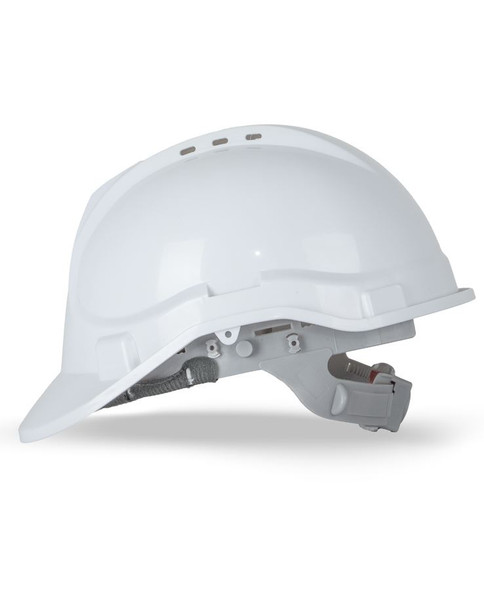
8S001 - JB's Push-Lock Safety Helmet (10 Pack) - Jb's Wear
JB's Wear
$119.00Details TYPE 1 Safety Helmet meets AS/NZS 1801:1997; Certified by BSI BMP 820110 Shell manufactured from ABS, offering a strong yet lightweight design 6 air vents for air circulation and to keep cool 6 point push-lock harness Removable sweatband 10...$119.00 -
Chin Straps for Hard Hats Helmets Adults Bands Straw Construction Belt Safety
$8.00Chin Straps for Hard Hats Helmets Adults Bands Straw Construction Belt Safety$8.00 -

POWERSOFT EZ-TWIST HYBRID EARPLUGS UNCORDED (50 PAIRS)
Pro Choice
$49.50Class 4 SLC80 25dB PowerSoft Foam Hybrid Plug technology Just Insert & Twist! The fastest fitting foam ear plugs Shape conforms immediately to most ear canals for high attenuation protection Softest most comfortable cylinder shaped ear plug Unique...$49.50 -

Pro Choice HHCS Hard Hat Chin Strap Orange/Blue
Pro Choice
$3.90Description ProChoice Hard Hat Chin Strap - HHCS Features Adjustable hard hat chin strap Keeps hard hat in place in active situations Comfy elastic material$3.90 -

Choice SS125-50 Probloc 50+ Sunscreen 125ml (PK 12)
Pro Choice
$82.50DescriptionPRO CHOICE SS125-50 PROBLOC 50+ SUNSCREEN 125MLComplies to AS/NZS 2604:2012 Sunscreen Products Evaluation and ClassificationSPF 50 + provides ultra-broad-spectrum protection from the suns harsh UVA and UVB rays.4 hours water resistant...$82.50 -

Eyewash Saline Solution 500Ml Ews500
Mediq
$15.00Easily wall mounted in proximity to the workplace Visible and ready for use Ensures quick and efficient eye irrigation Recommend wash time: 500 ml: 5 min MEDIQ Saline eyewash contains a 0.9% sodium chloride solution that corresponds to the natural...$15.00 -

Eyewash Station Enclosed Plastic Cabinet Ewsep - EWSEP
Mediq
$59.95Easily wall mounted in proximity to the workplace Visible and ready for use Ensures quick and efficient eye irrigation Recommend wash time: 500 ml: 5 min MEDIQ Saline eyewash contains a 0.9% sodium chloride solution that corresponds to the natural salt...$59.95 -

Eyewash Station Open With Mirror Ewsom
Mediq
$39.95Easily wall mounted in proximity to the workplace Visible and ready for use Ensures quick and efficient eye irrigation Recommend wash time: 500 ml: 5 min MEDIQ Saline eyewash contains a 0.9% sodium chloride solution that corresponds to the natural salt...$39.95 -

Eyewash Station Replacement Solution 500Ml Ewsomr
Mediq
$11.00Easily wall mounted in proximity to the workplace Visible and ready for use Ensures quick and efficient eye irrigation Recommend wash time: 500 ml: 5 min MEDIQ Saline eyewash contains a 0.9% sodium chloride solution that corresponds to the natural salt...$11.00 -

First Aid Kit Refill Module #1 - Instruments Fari
Mediq
$7.70FIRST AID KIT REFILL MODULE #1 - INSTRUMENTS MEDIQ-FARI-Product-Data-Sheet.pdf383.3 KB$7.70 -

First Aid Kit Refill Module #2 -Protection Farp
Mediq
$5.50FIRST AID KIT REFILL MODULE #2 -PROTECTION MEDIQ-FARP-Product-Data-Sheet.pdf398.3 KB$5.50 -

First Aid Kit Refill Module #3 - Fracture/Sprain Farfs
Mediq
$7.70FIRST AID KIT REFILL MODULE #3 - FRACTURE/SPRAIN MEDIQ-FARFS-Product-Data-Sheet.pdf2.7 MB$7.70 -
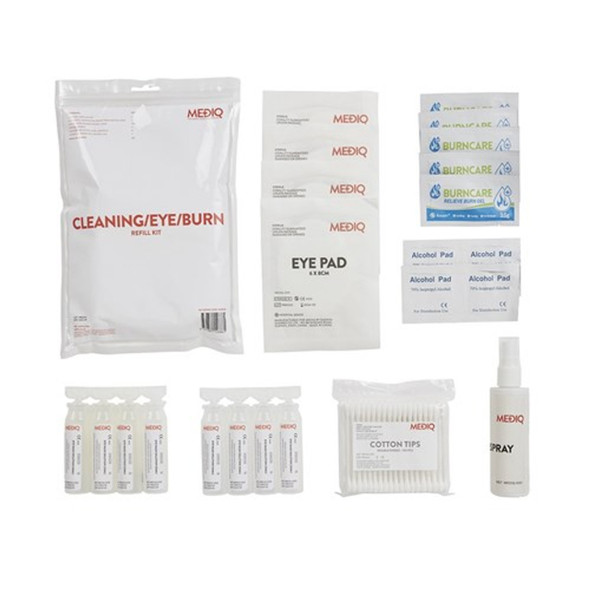
First Aid Kit Refill Module #4 - Cleaning/Eye/Burn Farceb
Mediq
$7.70FIRST AID KIT REFILL MODULE #4 - CLEANING/EYE/BURN MEDIQ-FARCEB-Product-Data-Sheet.pdf511.8 KB$7.70 -
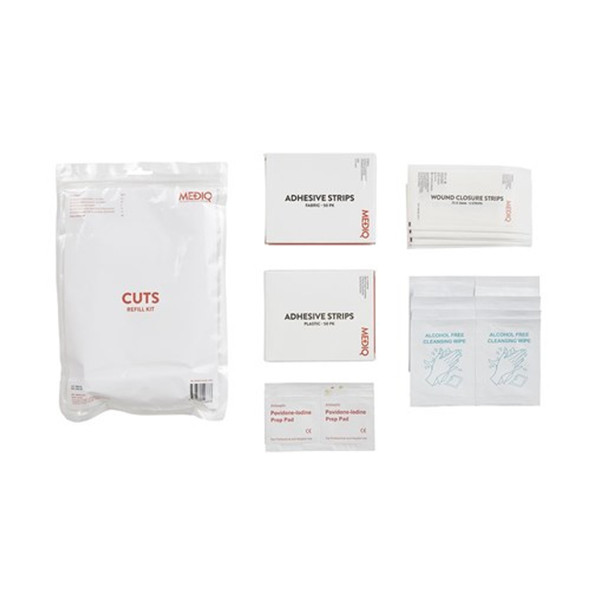
First Aid Kit Refill Module #5 - Cuts Farc
Mediq
MSRP: $14.30$7.70FIRST AID KIT REFILL MODULE #5 - CUTS MEDIQ-FARC-Product-Data-Sheet.pdf314.6 KBMSRP: $14.30$7.70 -

First Aid Kit Refill Module #6 - Wound Care Farwc
Mediq
MSRP: $14.50$7.70FIRST AID KIT REFILL MODULE #6 - WOUND CARE MEDIQ-FARWC-Product-Data-Sheet.pdf371.7 KBMSRP: $14.50$7.70 -
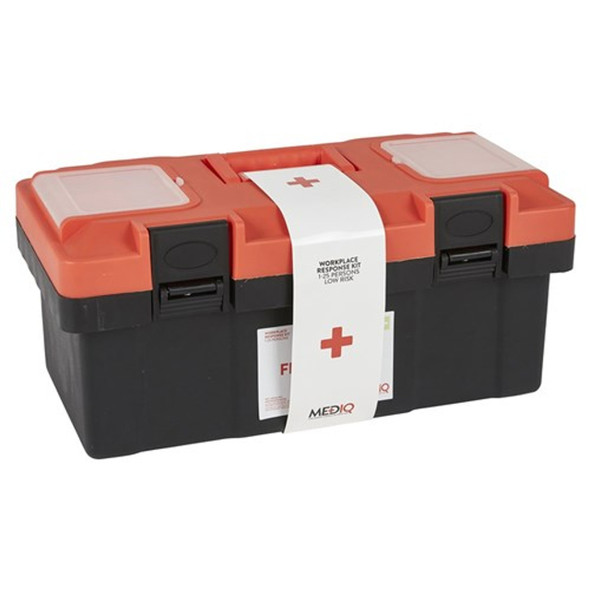

Essential Workplace Response First Aid Kit In Plastic Tackle Box Faewt
Mediq
$139.95National workplace first aid kit - Low risk. Designed in accordance with Safe Work Australia's First Aid Code of Practice (July 2019). Various case options including Metal Cabinet, Plastic Tackle Box and Soft Pack. Also available with a complete refill...$139.95 -


Outdoor/Snake/Spider Module Unit In Soft Pack Famo
Mediq
$24.84Practical and functional in stressful injury situations. Easily identified module. Contains content specific to outdoor injuries and snake/spider bites. MEDIQ-FAMO-Product-Data-Sheet.pdf319 KB$24.84
Shop PPE Safety Clothing & Equipment | PPE Gear Suppliers
At King's Workwear, we provide a comprehensive range of PPE equipment designed to keep your workforce safe in hazardous environments. As leading PPE suppliers, we specialize in delivering high-quality PPE safety equipment that meets industry standards. From protective clothing and equipment to specialized gear, we offer solutions tailored to your needs, ensuring compliance with workplace safety regulations.
Our extensive selection of PPE and safety equipment includes everything from PPE gear such as gloves, helmets, and eyewear to full-body PPE safety wear like coveralls and hi-vis jackets. Whether you need PPE clothing for construction, manufacturing, or chemical handling, we have the right products to protect your team from potential hazards.
As trusted PPE safety equipment suppliers, we understand the importance of reliable protection, offering products that balance durability, comfort, and safety. Our PPE clothing suppliers provide top-quality, comfortable, and functional apparel designed to enhance worker productivity while ensuring their safety.
Types of Safety Gear:
The specific type of safety gear you'll need depends on your job and the hazards you encounter. Here's a breakdown of some common types:
- Personal Protective Equipment (PPE): This broad category encompasses a wide range of equipment, including:
- Hard hats:Protect your head from falling objects or impacts.
- Safety glasses/goggles:Shield your eyes from dust, debris, chemicals, and sparks.
- Respirators:Filter out harmful dust, fumes, or vapors to keep your lungs safe.
- Gloves: Protect your hands from cuts, burns, chemicals, and abrasions. There are different types for various hazards.
- Safety boots/shoes: Safety boots Provide protection from slips, falls, punctures, and electrical hazards.
- Fall Protection: This gear is crucial for anyone working at heights. It includes:
- Harnesses: Distribute the force of a fall to prevent serious injury.
- Lanyards: Connect you to a secure anchor point.
- Fall arrest systems:A combination of harnesses, lanyards, and anchor points to stop a fall and prevent injury.
- Hearing Protection: Protect your ears from prolonged exposure to loud noises, which can cause hearing loss. This includes:
- Earplugs: Insert directly into the ear canal to block noise.
- Earmuffs:Fit over the ears to create a seal and block noise.
- Eye Protection: Safeguard your eyes from hazards like flying debris, chemicals, and sparks.
- Safety glasses: Offer basic protection for most workplaces.
- Goggles: Provide a tighter seal around the eyes for high-risk environments.
Explore our complete range of PPE safety equipment to keep your workforce protected in any work environment. King's Workwear is your go-to source for all PPE gear and protective clothing and equipment, ensuring you have the best solutions for your workplace.
